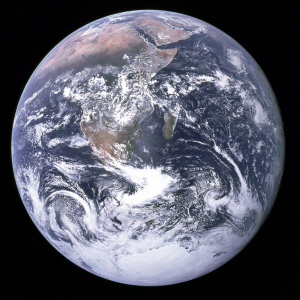Ingrid E. Lilly is a visiting scholar at the Pacific School of Religion (Berkeley, Calif). She earned her Ph.D. from Emory University in Hebrew Bible and has taught at Candler School of Theology, Georgia State, and Western Kentucky University. Her work focuses on philology, literary and cultural studies of prophetic and apocalyptic literature. She wrote "Two Books of Ezekiel: Papyrus 967 and the Masoretic Text as Variant Literary Editions" (Brill, 2010) and is the Executive Producer of FLOODofNOAH.com.
Posts By This Author
Developing a Moral Vision for Climate Change
Political talk of moral obligation almost always invokes future children; it is not politically controversial to hope that our children and grandchildren will live on a safe planet. But the moral dimensions of climate change are far more complex and granular: food shortages here, extreme weather events there, floods that displace people in coastal regions, melting polar icecaps causing increased extinctions, the vulnerability of the global poor.
A moral vision able to see these granular risks comes, I would argue, not from time (Obama’s “future children” or the Pope’s “Creation will destroy us”), but from space.
Since 1946, the modern world has been able to view images of the earth from space. Some four millennia earlier, Hebrew scribes penned Genesis 1’s creation account of the whole known world. Ancient and modern, these are two portrayals of the earth, one to begin the Scriptures and one iconic of the modern space age — both spatial lenses offering moral vision about climate change.
